- No products in the cart.
Geptor tab n / an kish.rastv. 400mg 20 pieces
$22.12
Geptor tab n / an kish.rastv. 400mg 20 pieces
SKU: 1490333811 Categories: Digestive tract, Hepatoprotectors, Medicaments Tags: ademetionine, VEROPHARM LEK
Description
Composition
Active substance:
1 tablet contains: ademetionine disulfate tosylate 810.0 mg per ademetionine ion 400.0 mg.
Excipients:
Polyplasdone X E-10 (crospovidone) -19.0 mg microcrystalline cellulose, 53.0 mg mannitol (mannitol) -53.0 mg of magnesium stearate, 53.0 mg; enteric coating composition: akriliz 61.3 mg of yellow-: [methacrylic acid and ethyl acrylate copolymer (1: 1) -24.52 mg-22.83 mg talc, titanium dioxide, 5.52 mg colloidal silicon dioxide (Aerosil) 0.77 mg, 2.94 mg of triethyl citrate, sodium hydrogencarbonate, 0.73 mg of sodium lauryl sulfate, 0.31 mg yellow ferric oxide, 1.84 mg, quinoline yellow aluminum lake 1.84-mg], hypromellose (hydroxypropylmethylcellulose) -21.0 mg, plasdon ES-630 (copovidone) -9.0 mg macrogol 6000 (polyethylene glycol 6000) -3,7 mg.
Description:
Tablets, coated yellow, oblong (The Oblongs).
Product form:
The tablets, enteric-coated tablets, 400 mg. 10 tablets in blisters of a polymeric film or gazovlagoustoychivoy printed and lacquered aluminum foil. 20 or 40 or 50 tablets per plastic jars with lids polymer to control the first opening with an insert of silica gel. Each jar or 1 or 2 or 3 or 4 or 6 contour cell packages together with instructions for use placed in a pile of cardboard.
Contraindications
Genetic defects affecting the methionine cycle and / or causing homocystinuria, and / or hyperhomocysteinemia (deficit tsistation-beta-synthase, impaired metabolism of vitamin B12 (cyanocobalamin)); hypersensitivity to any component of the drug; age 18 years (medical application experience in children is limited)
Carefully
Bipolar disorder (see. “Special Instructions” section). Pregnancy (I trimester) and lactation (application is possible only if the potential benefit to the mother outweighs the potential risk to the fetus or child). Simultaneous treatment with selective serotonin reuptake inhibitors (SSRIs), tricyclic antidepressants (such as clomipramine) as well as herbal medicines and formulations containing tryptophan (see. See “The interaction with other drugs”). Elderly age. Renal insufficiency.
Dosage
400 mg
Indications
Intrahepatic cholestasis and at pretsirroticheskih cirrhotic conditions that may occur in the following diseases:; fatty liver; chronic hepatitis; toxic hepatic lesions of different etiology, including alcoholic, viral, drug (antibiotics, antineoplastic, and antitubercular antivirals, tricyclic antidepressants, oral contraceptives); nekalkulezny chronic cholecystitis; cholangitis; cirrhosis of the liver; encephalopathy, including associated with liver failure (alcohol and others.).
Intrahepatic cholestasis in pregnancy.
Symptoms of depression.
Interaction with other drugs
Known interactions with other drugs, was not observed. There are reports of serotonin syndrome, the excess in patients taking ademetionine and clomipramine. It is believed that this interaction is possible, and should be used with caution ademetionine together with selective serotonin reuptake inhibitors, tricyclic antidepressants (such as clomipramine) as well as herbal medicines and formulations containing tryptophan.
Overdose
Geptor drug overdose unlikely. In case of overdose, it is recommended for the patient observation and symptomatic therapy.
pharmachologic effect
Pharmacological group:
Hepatoprotective agent.
Pharmacodynamics:
Refers to hepatic ademetionine group also has antidepressant activity. And holekineticheskoe has choleretic effect, has detoxifying, regenerating, antioxidant, antifibroziruyuschimi and neuroprotective properties. Fills deficit S-adenosyl-L-methionine (ademetionine) and stimulate its production in the body, it is found in all environments of the body. The highest concentration ademetionine observed in the liver and brain. It plays a key role in the metabolic processes of the body, taking part in important biochemical reactions: transmethylation, transsulfuration, transamination. In the reactions of transmethylation ademetionine donates a methyl group to the synthesis of phospholipids of cell membranes, neurotransmitters, nucleic acids, proteins, hormones, and others. In the reactions transsulfuration ademetionine is a precursor of cysteine, taurine, glutathione (providing redox mechanism cellular detoxification), coenzyme A (included in the biochemical reactions tricarboxylic acid cycle and replenishes the energy potential of the cells). Increases of hepatic glutamine, cysteine and taurine in plasma; It reduces the amount methionine in serum, normalizing the metabolic reactions in the liver. After decarboxylation reactions involved in aminopropilirovaniya, as a precursor of polyamines – putrescine (stimulator of cell regeneration and proliferation of hepatocytes), spermidine and spermine, within the structure of the ribosome, which reduces the risk of fibrosis. It has choleretic action. Ademethionine normalizes the synthesis of endogenous phosphatidylcholine in hepatocytes, which increases the fluidity and membrane polarization. This improves the function associated with the membranes of hepatocytes bile acid transport systems and facilitates passage of bile acids in bile duct. Effective with intralobular embodiment cholestasis (impaired synthesis and bile flow). Ademethionine reduces the toxicity of bile acids in the hepatocyte, exercising their sulfation and conjugation. The conjugation with taurine increases the solubility of bile acids and removing them from the hepatocyte. The process of sulfation of bile acids contributes to the possibility of elimination by the kidneys, facilitates passage through the membrane of hepatocytes and excretion in bile. In addition, the sulfated bile acids themselves further protect the membranes of liver cells from the toxic action of non-sulfated bile acids (present in high concentrations in hepatocytes in intrahepatic cholestasis). Patients with diffuse liver diseases (cirrhosis, hepatitis) syndrome intrahepatic cholestasis ademetionine reduces the severity of itching and changes in biochemical parameters, including concentration of direct bilirubin, alkaline phosphatase, aminotransferases et al. choleretic and hepatoprotective effect persists for up to 3 months after stopping treatment. The efficiency with hepatopathies resulting from different hepatotoxic drugs. Purpose of patients with opioid addiction, accompanied by liver disease leads to regression of clinical manifestations of withdrawal, to improve the functional state of the liver and microsomal oxidation processes. The antidepressant activity manifested gradually, starting from the end of first week of treatment, and stabilized for 2 weeks of treatment. Effective with recurrent endogenous and neurotic depression resistant to amitriptyline. It has the ability to interrupt the relapse of depression. Ademetionine increased synthesis of proteoglycans and lead to the partial regeneration of cartilage tissue.
Pharmacokinetics:
The tablets are coated with a film coating which dissolves only in the intestine, thereby ademetionine is released in the duodenum
Suction
Oral bioavailability – 5% increase in the fasting state. The maximum concentration (Cmax) in plasma ademetionine are dose-related and constitute 0.5-1 mg / l in 3-5 hours after a single oral dose of 400 to 1000 mg. Ademetionine Cmax in plasma decreases to the original level within 24 hours
Distribution
Communication with plasma proteins – small amounts
Metabolism
It is metabolized in the liver. The process of formation, re-formation and consumption ademetionine ademetionine called a cycle. In the first step of this cycle ademetioninzavisimye methylase ademetionine used as a substrate for the production of S-adenosylhomocysteine, which is then hydrolyzed to adenosine and homocysteine via S-adenozilgomotsisteingidralazy. Homocysteine, in turn, is subjected to inverse transformation to methionine by transferring the methyl group from 5-methyltetrahydrofolate. As a result, methionine can be converted into ademetionine, completing the cycle
breeding
The half-life (T1 / 2) – 1.5 hours. Excreted by the kidneys. In studies in healthy volunteers during ingestion labeled (14C methyl) S-adenosyl-L-methionine in urine was found 15.5 ± 1.5% of radioactivity after 48 hours, and in feces – 23,5 ± 3,5% Radioactivity after 72 hours. Thus, about 60% was zadeponirovano.
Pregnancy and breast-feeding
In clinical studies it has been shown that the use of ademetionina in the III trimester of pregnancy did not cause any adverse effects. Use of the drug in pregnant Geptor in I and II trimesters of pregnancy and in breast-feeding period is possible only if the potential benefit to the mother outweighs the potential risk to the fetus or child.
Conditions of supply of pharmacies
Prescription.
side effects
Among the most frequent adverse reactions identified in clinical studies involving more than 2,100 patients were: headache, nausea, and diarrhea. The following are the data on the adverse reactions observed in clinical trials (n = 2115) and post-marketing application ademetionine ( “spontaneous” messages). All reactions were distributed by organ systems, and the incidence of: very common (> 1/10); often (> 1/100 and
special instructions
Given the invigorating effect of the drug is not recommended to take before bedtime. In applying the drug Geptor patients with cirrhosis amid hyperasotemia systematic control of nitrogen content in the blood. During long-term therapy is necessary to determine the content of urea and creatinine in serum. Not recommended for use ademetionine patients with bipolar disorder. There are reports of depression going into hypomania or mania in patients taking ademetionine. Patients with depression have an increased risk of suicide and other serious adverse events, so during treatment ademetionina such patients should be under the constant supervision of a physician for evaluation and treatment of symptoms of depression. Patients should inform the doctor if they have been reported in depression symptoms decrease or worsen during therapy ademetionom. There are also reports about the sudden appearance or growth of anxiety among patients taking ademetionine. In most cases, the abolition of therapy is not required, in some cases anxiety disappeared after dose reduction or discontinuation of the drug. Since deficiency of cyanocobalamin, and folic acid can reduce ademetionine content of at-risk patients (with anemia, liver diseases, during pregnancy or probability of vitamin deficiency in connection with other diseases or diet, for example in vegetarians) should control the content of these vitamins in blood plasma . If failure is detected, the recommended intake of folic acid and cyanocobalamin before treatment ademetionine or simultaneous with ademethionine. When the immunoassay may facilitate application ademetionine false determination index high content of homocysteine in the blood. For patients taking ademetionine, it is recommended to use non-immunological assay methods for the determination of homocysteine.
Effects on ability to drive vehicles, mechanisms in some patients when taking the drug Geptor can be dizziness. It is not recommended to drive a car and operate machinery while taking the drug for as long as patients are confident that the therapy does not affect the ability to engage in such activities.
Storage conditions
In a dry, dark place at a temperature not higher than 25 C.
Keep out of the reach of children.
Dosing and Administration
Inside. Tablets should be taken whole, not chewed, preferably in the afternoon between meals. Tablets Geptor preparation must be removed from the blister immediately before ingestion.
initial therapy
The recommended dose is 10-25 mg / kg / day.
intrahepatic cholestasis
The dose is from 800 mg / day to 1600 mg / day
Depression
The dose is from 800 mg / day to 1600 mg / day.
The duration of therapy is determined by the doctor.
Geptor drug therapy may be initiated with the intramuscular or intravenous administration, followed by applying a preparation Geptor in the form of tablets or simultaneously with drug application Geptor in tablet form.
Elderly patients
The clinical experience with the drug Geptor did not reveal any difference in its effectiveness in elderly patients and younger patients. However, given the high probability of existing disorders of the liver, kidney or heart disease or other related concurrent therapy with other drugs, the dose Geptor elderly patients should be selected with caution, since the application of the drug to the lower limit of the dosage range.
kidney failure
There is limited clinical data on the use Geptor the drug in patients with renal insufficiency, in this connection, it is recommended to be careful when applying Geptor drug in these patients.
Liver failure
Ademetionina pharmacokinetic parameters are similar in healthy volunteers and in patients with chronic liver disease.
Children
Application Geptor drug is contraindicated in children (effectiveness and safety have been established).
Information
Appearance may differ from that depicted in the picture. There are contraindications. You need to read the manual or consult with a specialist
Additional information
| Weight | 0.100 kg |
|---|---|
| Manufacturer | VEROPHARM LEK |

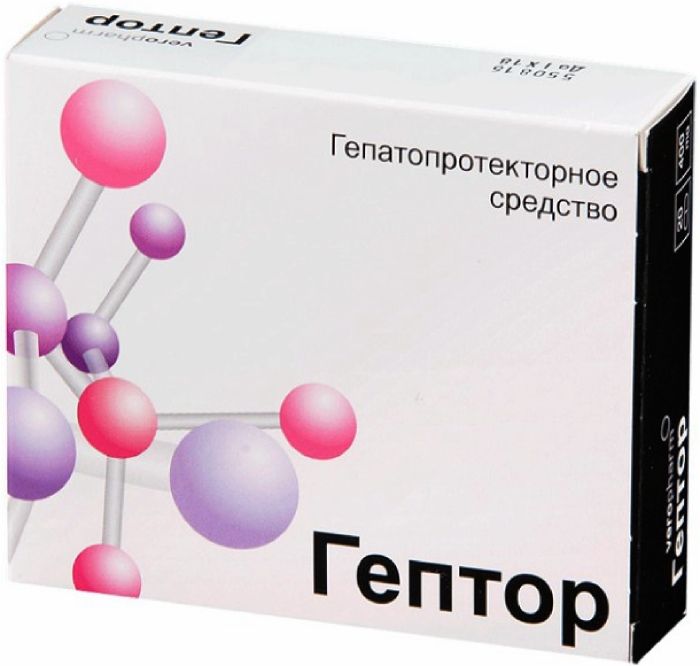
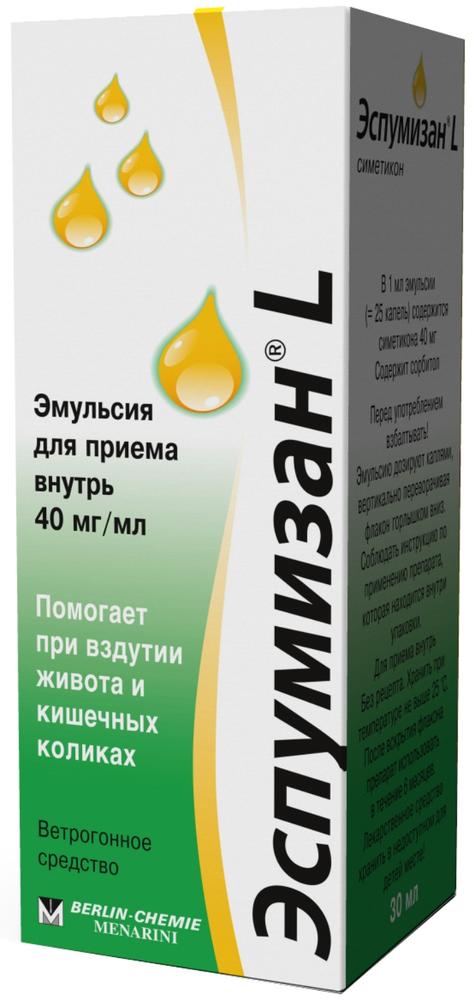
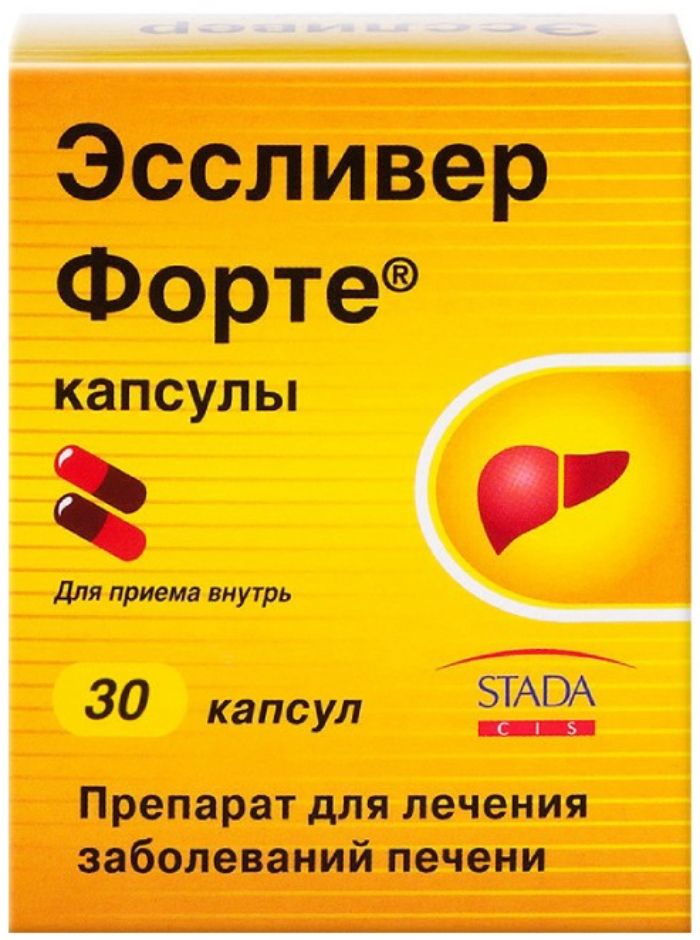
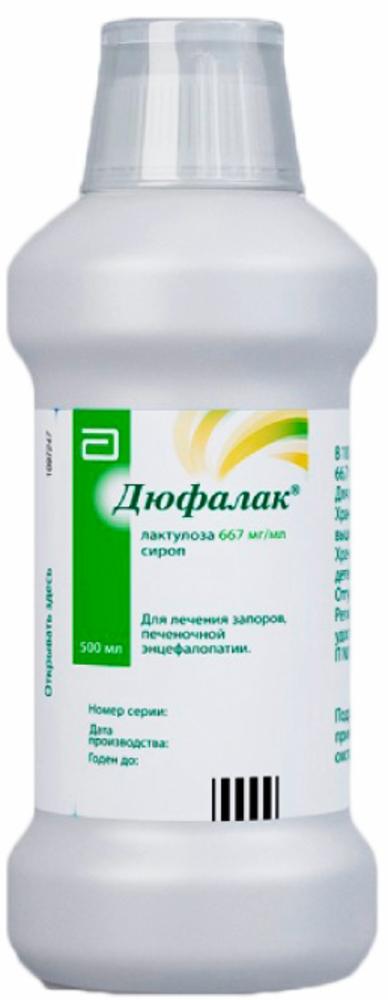

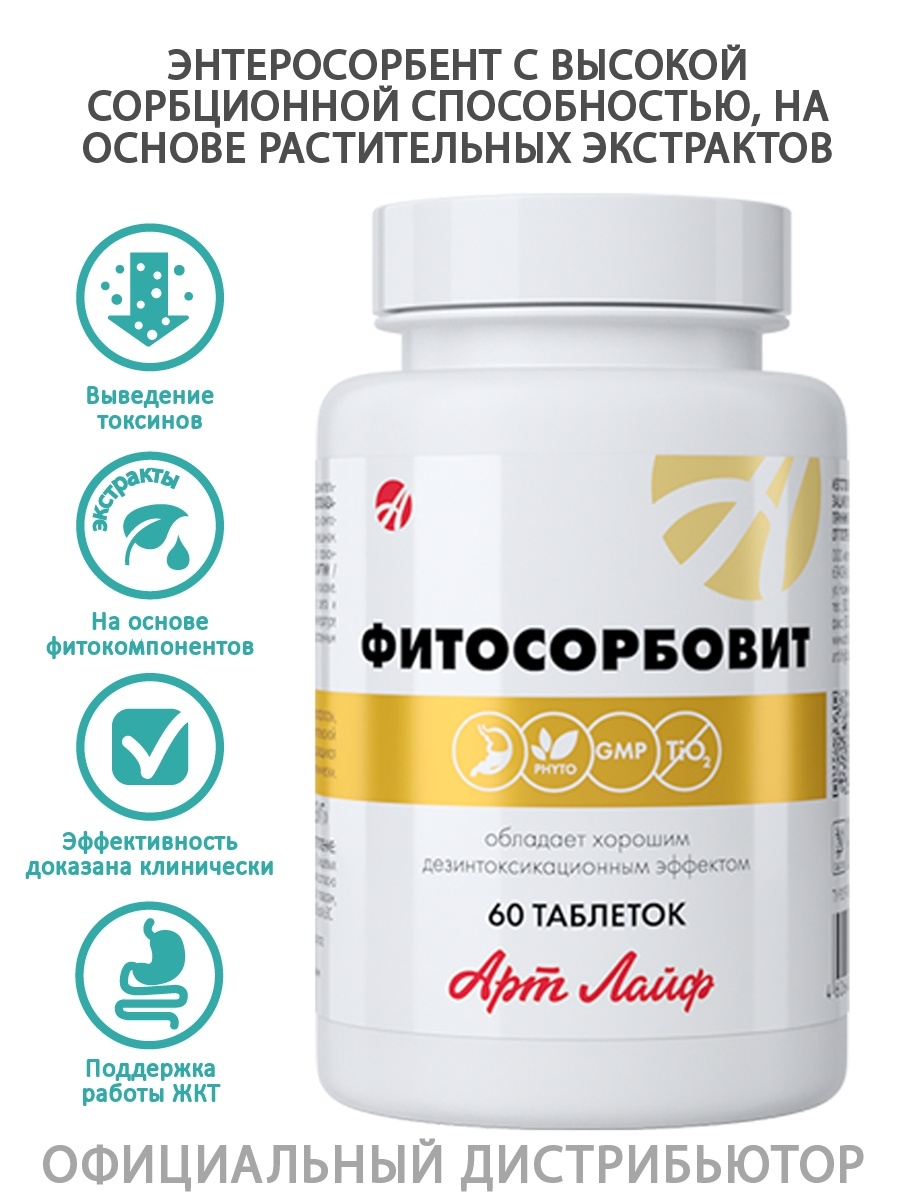
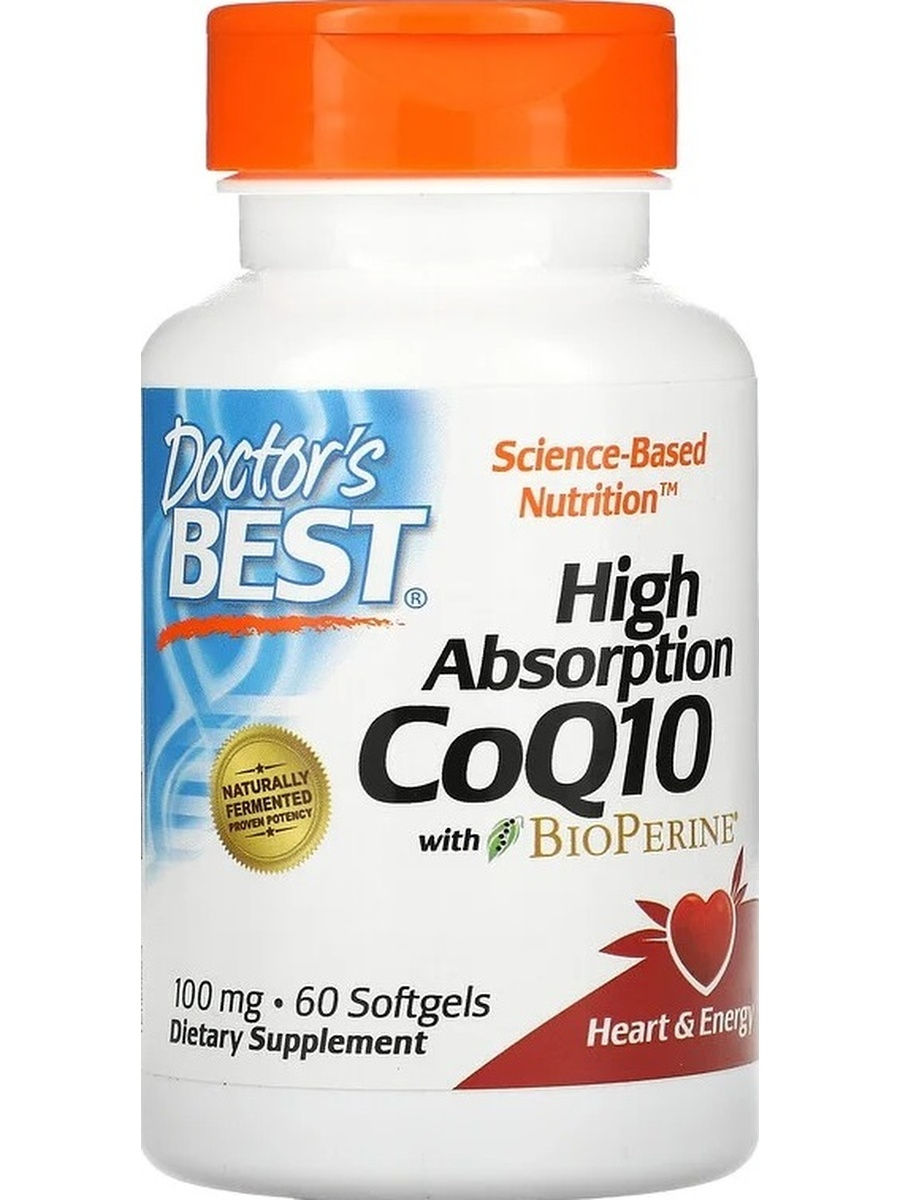
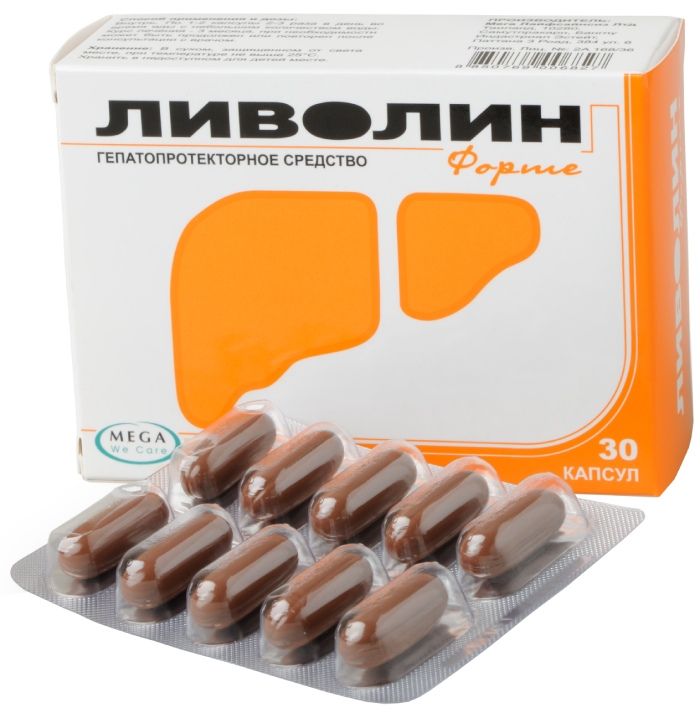
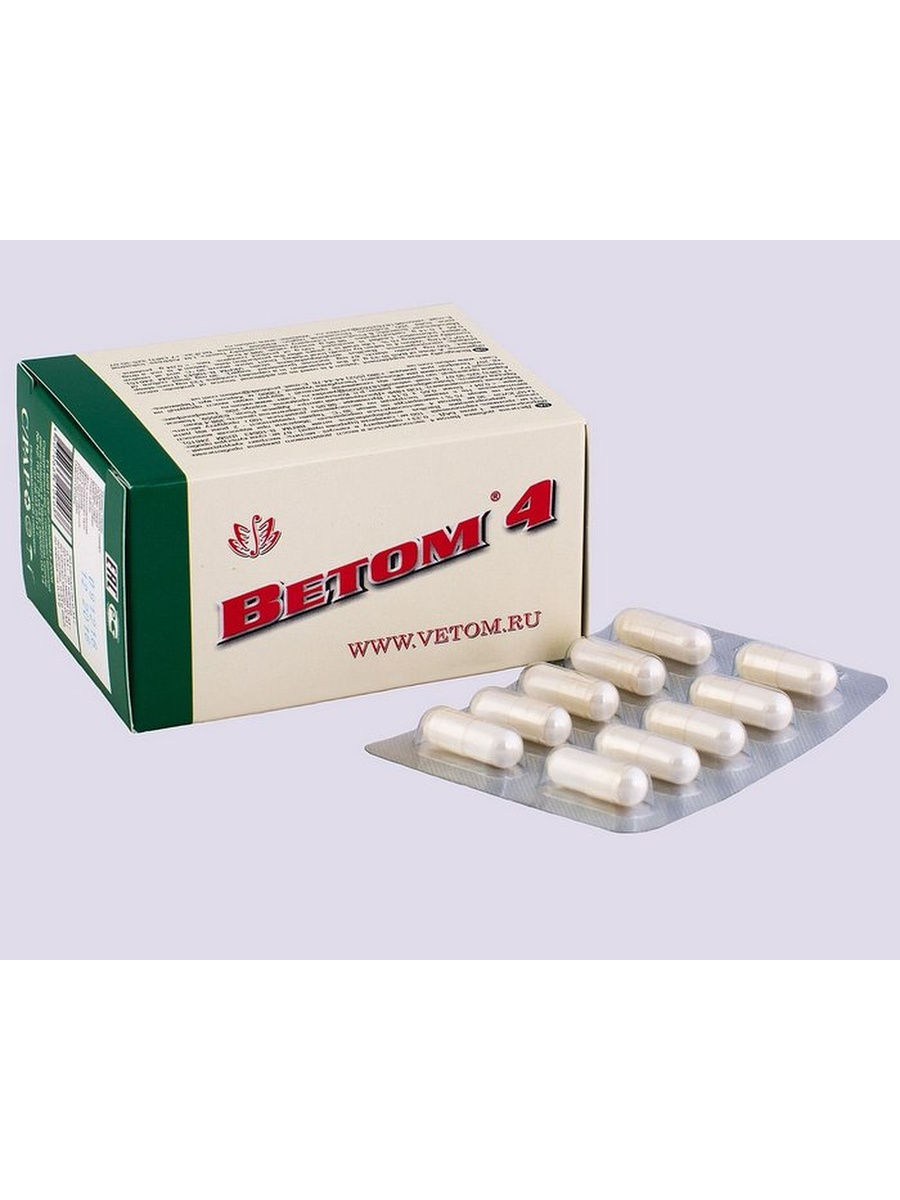




There are no reviews yet.